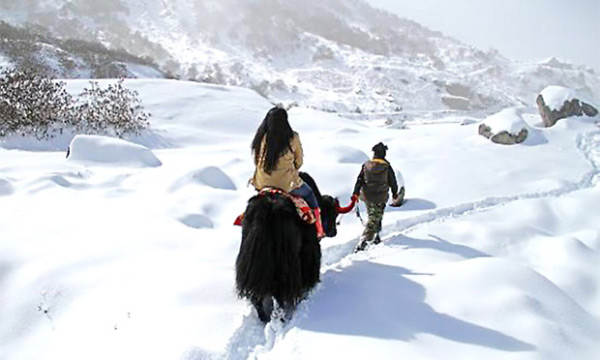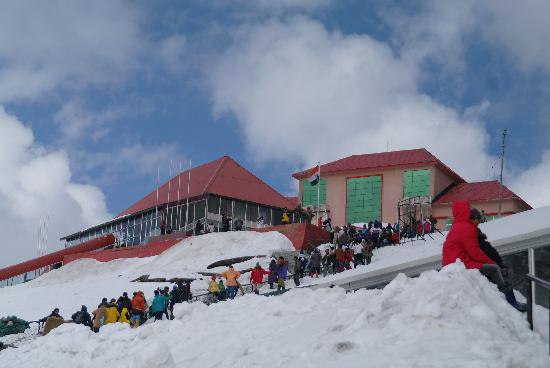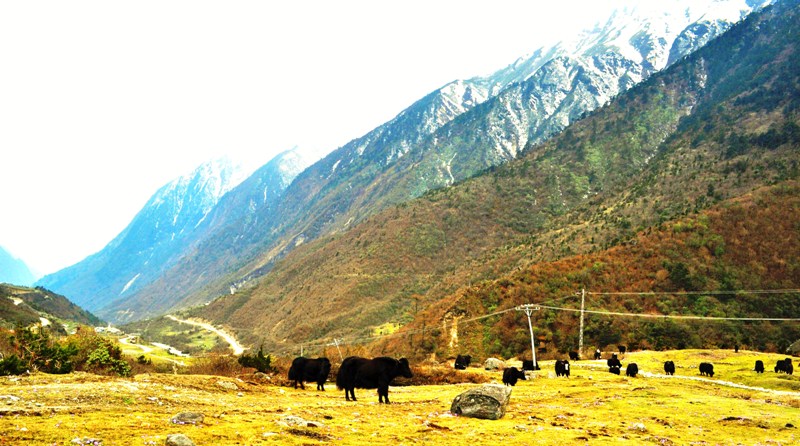
Tshangu Lake
It is literally known as "source of the lake " in Bhutia language. Just about 40 kms. away from Gangtok, the capital of the state, this serene lake is situated at an altitude of 12,000 ft on the Gangtok Nathu La highway. It falls in the restricted area and hence an inner line permit is required by Indians to visit this place. Foreign nationals are not permitted to visit this lake without special permission. The lake is about 1 km. Long, oval in shape, 15 meters deep and is considered sacred by the local people.




